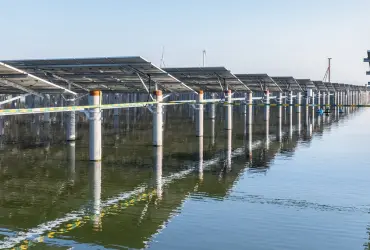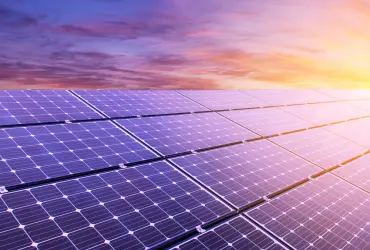Turn All Business Travel Into a Holiday
with a Team That Understands
What You Need
Upcoming Trade Shows in for Renewable Energies

E-World Energy & Water 2026, Essen, Germany
10 - 12 Feb 2026

RENEXPO HYDRO 2026, Salzburg, Austria
19 - 20 Mar 2026

WINDEUROPE 2026, Bilbao, Spain
21 - 23 Apr 2026

World Utilities Congress 2026, Abu Dhabi, UAE
19 - 21 May 2026

Intersolar Europe 2026, Munich, Germany
23 - 25 Jun 2026

ONS 2026, Stavanger, Norway
24 - 27 Aug 2026

WindEnergy 2026, Hamburg, Germany
22 - 25 Sep 2026

ADIPEC 2026, Abu Dhabi, UAE
2 - 5 Nov 2026

HUSUM Wind 2027, Husum, Germany
14 - 17 Sep 2027

oils + fats, Munich, Germany
Coming soon
We’re in a state of climate crisis already and the transition from fossil fuels to renewable energy can no longer wait. Good thing is that the world powers are heeding the signs and the renewable energy industry has witnessed an acceleration unseen to this moment. According to the IEA (International Energy Agency), global capacity for renewable power generation is expanding faster than at any time in the last thirty years. This success has all to do with the successful introduction of policy on a national, regional and institutional level. Of course, there are variations when it comes to policy support by the type of renewable energy.
In 2023, solar PV energy accounted for three-quarters of global renewable capacity additions, driven by both utility-scale plants and consumer adoption of distributed PV systems (solar power generation at homes and businesses). Continued policy support remains the primary driver of this growth. For instance, net-metering programs allow utility customers to send excess energy back to their utilities for credits, and other incentives such as feed-in tariffs, tax credits, and energy market auctions also encourage solar power production. The expansion of the solar PV supply chain is crucial to meet industry demands. Increased manufacturing capacity in the US, India, and the EU is expected to diversify the supply chain, although China continues to dominate with 95% of new solar technology manufacturing facilities in 2022. Advances in solar PV technology are resulting in lighter, less expensive, and more efficient panels.
The IEA’s Net Zero Emissions by 2050 Scenario (NZE) indicates that if current growth rates are maintained, solar PV is ""on track"" to achieve an annual generation capacity of approximately 8,300 terawatt hours (TWh) by 2030. Solar PV is also expected to become the dominant energy source for producing low-emissions hydrogen, which is crucial for decarbonizing industries like steelmaking and ammonia production.
GET A FREE QUOTE
Looking for a hotel accommodation for particular trade show or exhibition.
Send us a general enquiry and we will find the best options for you
Send us a general enquiry and we will find the best options for you